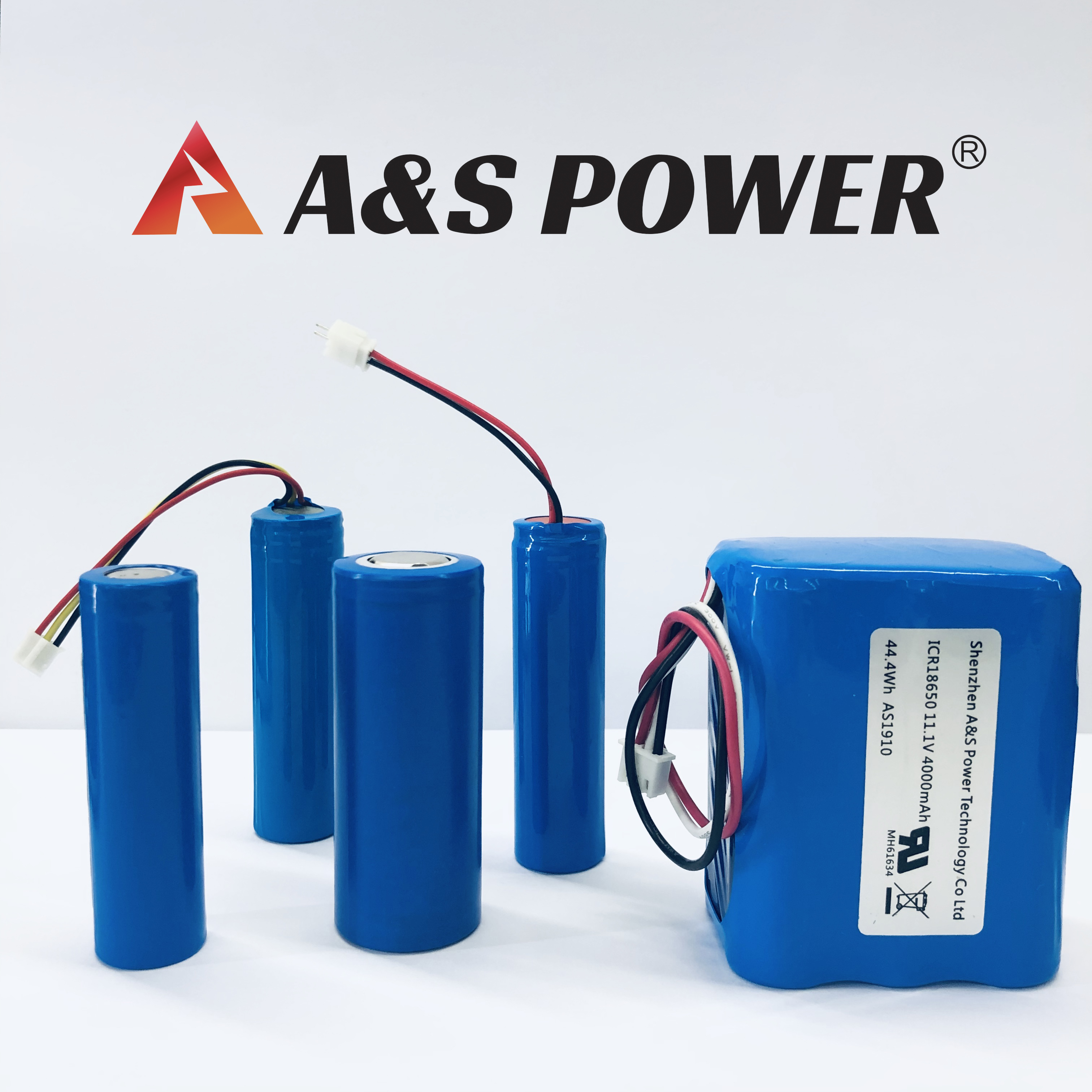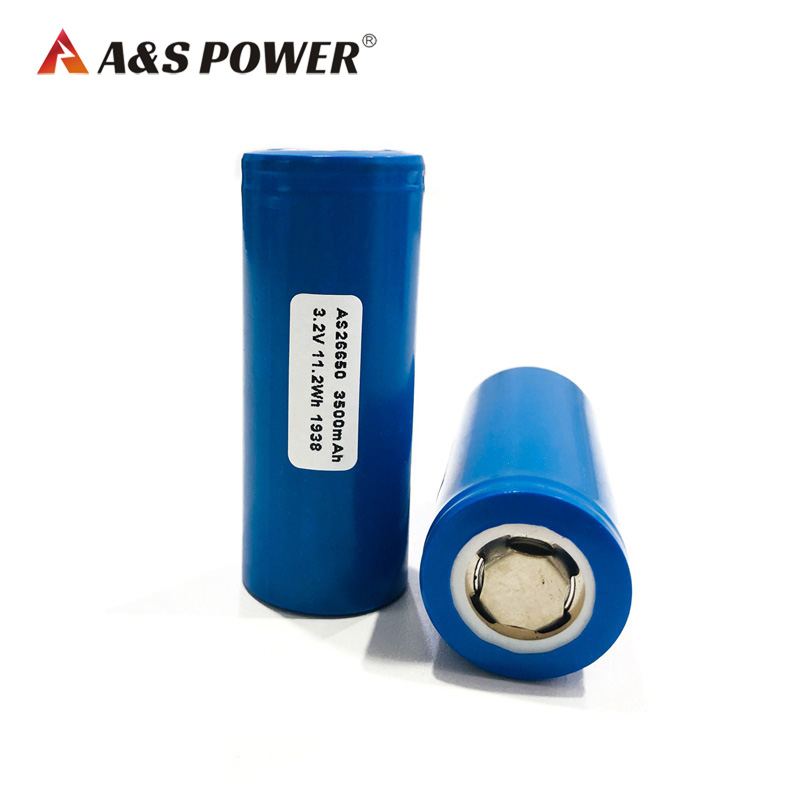Advantages and disadvantages of ternary lithium-ion batteries
2022-03-01
Advantages and disadvantages of ternary lithium-ion batteries
Ternary lithium-ion battery is a type of lithium-ion battery. Usually the cathode material of lithium ion batteries is lithium cobalt oxide. The lithium-ion battery using lithium nickel cobalt manganese oxide as the positive electrode material is commonly known as the ternary material lithium-ion battery. Slightly higher but with a lower compaction ratio, the battery capacity of the same model is slightly lower than that of the lithium-ion cobalt oxide battery.
The biggest feature of the ternary lithium-ion battery is that the unit electric energy is relatively large, which is the result compared with the lithium iron phosphate battery, but a major disadvantage of the ternary lithium-ion battery is that the ignition point is lower when it is hit and high temperature. Therefore, the protection requirements for ternary lithium-ion batteries are very high to prevent accidents.
The ternary lithium-ion battery is relatively balanced in terms of capacity and safety, and is a battery with excellent comprehensive performance.
1. Advantages of ternary lithium-ion batteries
Co3+: Reduce cation mixed occupation, stabilize the layered structure of the material, reduce the impedance value, improve the electrical conductivity, and improve the cycle and efficiency performance.
Ni2+: It can improve the capacity of the material (increase the volume energy density of the material), and due to the similar radius of Li and Ni, too much Ni will also cause the dislocation phenomenon with Li to cause the mixed arrangement of lithium and nickel, and the concentration of nickel ions in the lithium layer The larger it is, the harder it is for lithium to be deintercalated in the layered structure, resulting in poor electrochemical performance.
Mn4+: Not only can reduce the material cost, but also can improve the safety and stability of the material. But too high Mn content will easily appear spinel phase and destroy the layered structure, reduce the capacity and decrease the cycle.
High energy density and good cycle performance are the biggest advantages of ternary lithium-ion batteries, and the voltage platform is an important indicator of battery energy density, which determines the basic performance and cost of the battery. The higher the voltage platform, the greater the specific capacity, so the same volume , weight, and even the same ampere-hour battery, the ternary material lithium-ion battery with a higher voltage platform lasts longer.
The discharge voltage platform of single ternary lithium-ion battery is as high as 3.7V, lithium iron phosphate is 3.2V, and lithium titanate is only 2.3V, so from the perspective of energy density, ternary lithium-ion battery has an absolute advantage.
The ternary lithium-ion battery is about 90% of the summer's temperature at a low temperature of 0-5 degrees in winter, and there is a decline, but it is not too obvious. In areas further north, the decline will be a little more.
2. The shortcomings of ternary lithium-ion batteries:
Ternary material power lithium-ion batteries mainly include nickel-cobalt-aluminate lithium-ion batteries, nickel-cobalt-manganate lithium-ion batteries, etc. Due to the unstable high-temperature structure of nickel-cobalt-aluminum, the high temperature safety is poor, and the pH value is too high. Flatulence, which in turn causes danger, is currently expensive.
Follow us and explore more! 👉 Facebook













